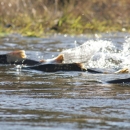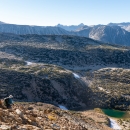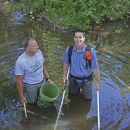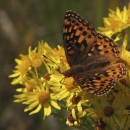Image

Related Stories
Partner Category
California Department of Fish and Wildlife
Other Partners
Here are just a few of our National Partners. You can view the full list of FWS partners, along with the regions and areas of focus our work together entails.
Partnership Services
Through our partnerships we are able to expand our capabilities through the inclusion of services in areas such as:
- Grant opportunities
- Sponsorship of grants
- Cooperative Agreements
To find out more about how our partner provides services view our partner services below.





























